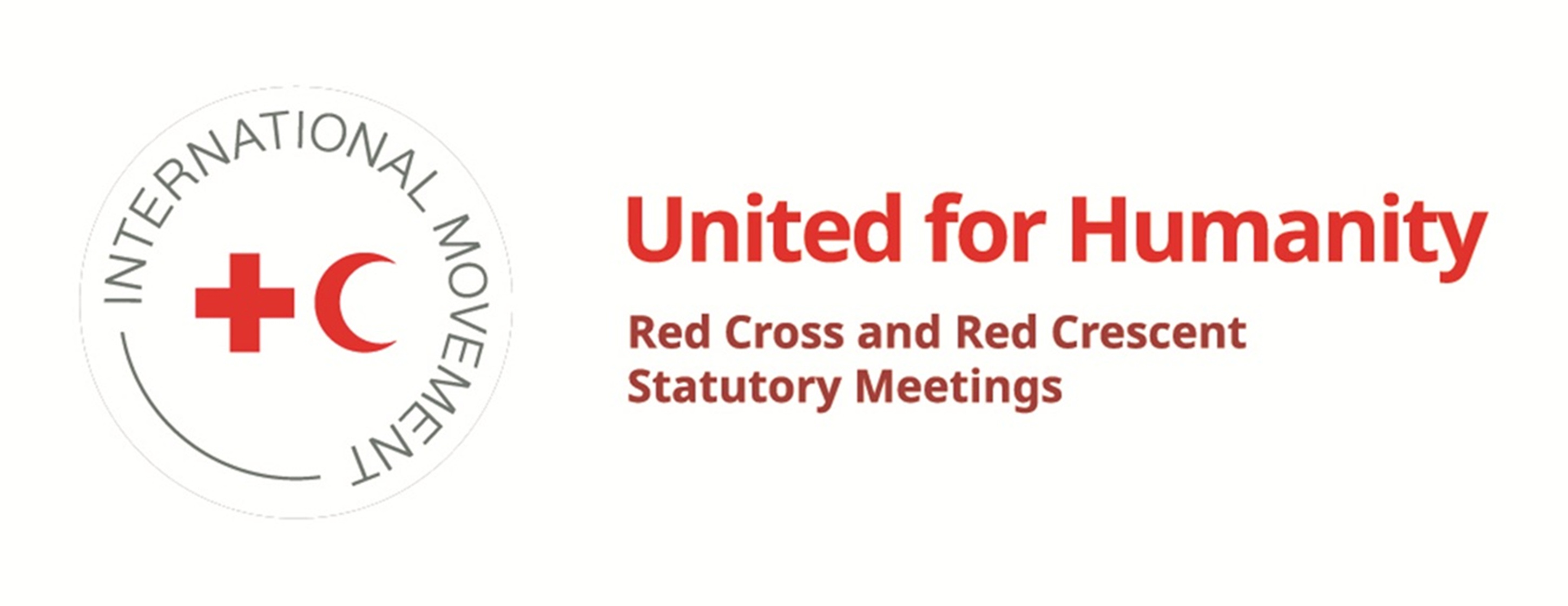Cash transfer
Cash transfer programming (CTP) refers to all forms of cash- and voucher-based assistance. In practice, cash transfers are money given (often digitally) to people for buying pre-designated products in specific shops. CTP is one of the response options available for supporting people in crisis. How it is used will depend on the situation: appropriate CTP has a role as either an alternative or a complement to assistance in kind (such as food or equipment). It is regarded as one of the most flexible and effective mechanisms for saving lives, protecting livelihoods and boosting people’s recovery from a crisis.
It does this mainly by maximizing respect for the choices and needs of the people in a particular crisis. CTP can also stimulate local livelihoods, economies and markets and ensure that no harm comes to the local economy through our humanitarian response. Often, it is also quicker and more cost-effective than assistance in kind. How effective it is will naturally depend on the situation (e.g. can people obtain the items they need in the local market?) and on whether they are actually be able to receive the cash (e.g. do they have a SIM card or a mobile phone?). Research and practice, however, show that CTP is highly effective at aligning humanitarian assistance with people’s needs and preferences, supporting local markets, linking people to financial institutions, and so on.
Electronic and digital solutions (such as mobile money, pre-paid cards and bank transfers, together with electronic vouchers, which are sent using smart cards or mobile phones) are becoming increasingly popular as they are considered both more secure and more accountable, to both beneficiaries and donors. An important consideration here, however, is humanitarian organizations’ reliance on third-party service providers, such as banks or mobile network operators, for setting up and implementing these transfers – which means that personal data collected as part of a cash transfer programme are available to non-humanitarian partner organizations.
The data collected as part of this process are often more extensive than those gathered in conventional aid distributions, because of the need to be sure that the right people are receiving the money. As private partners have access to these data, it is important for humanitarian organizations to weigh up what these partners might want to do with the data, and who they might have to share them with, owing to different legal frameworks or
partnership agreements. In principle, data collected for humanitarian purposes should never be used for non-humanitarian purposes (such as credit profiling, law enforcement, border control or advertising) which might cause problems for the individuals who have received the aid.
That is why, at the 33rd International Conference, the Red Cross and Red Crescent Movement is pushing for better, more thorough protection of humanitarian data.
It does this mainly by maximizing respect for the choices and needs of the people in a particular crisis. CTP can also stimulate local livelihoods, economies and markets and ensure that no harm comes to the local economy through our humanitarian response. Often, it is also quicker and more cost-effective than assistance in kind. How effective it is will naturally depend on the situation (e.g. can people obtain the items they need in the local market?) and on whether they are actually be able to receive the cash (e.g. do they have a SIM card or a mobile phone?). Research and practice, however, show that CTP is highly effective at aligning humanitarian assistance with people’s needs and preferences, supporting local markets, linking people to financial institutions, and so on.
Electronic and digital solutions (such as mobile money, pre-paid cards and bank transfers, together with electronic vouchers, which are sent using smart cards or mobile phones) are becoming increasingly popular as they are considered both more secure and more accountable, to both beneficiaries and donors. An important consideration here, however, is humanitarian organizations’ reliance on third-party service providers, such as banks or mobile network operators, for setting up and implementing these transfers – which means that personal data collected as part of a cash transfer programme are available to non-humanitarian partner organizations.
The data collected as part of this process are often more extensive than those gathered in conventional aid distributions, because of the need to be sure that the right people are receiving the money. As private partners have access to these data, it is important for humanitarian organizations to weigh up what these partners might want to do with the data, and who they might have to share them with, owing to different legal frameworks or
partnership agreements. In principle, data collected for humanitarian purposes should never be used for non-humanitarian purposes (such as credit profiling, law enforcement, border control or advertising) which might cause problems for the individuals who have received the aid.
That is why, at the 33rd International Conference, the Red Cross and Red Crescent Movement is pushing for better, more thorough protection of humanitarian data.
Resources
ICRC and IFRC, Cash in Emergencies Toolkit
ICRC and Privacy International, The humanitarian metadata problem: “Doing no harm” in the digital era (October 2018)
IFRC, Blockchain Open Loop Cash Transfer Pilot Project (September 2018)
Holly Welcome Radice, “After Action Review – WASH E-voucher Pilot Saida, Lebanon”, Lebanese Red Cross, British Red Cross and German Red Cross (07.05.2018)
IFRC CTP FedNet (online page)
IFRC, Community engagement in Cash Transfer Programming (2014)
ICRC and Privacy International, The humanitarian metadata problem: “Doing no harm” in the digital era (October 2018)
IFRC, Blockchain Open Loop Cash Transfer Pilot Project (September 2018)
Holly Welcome Radice, “After Action Review – WASH E-voucher Pilot Saida, Lebanon”, Lebanese Red Cross, British Red Cross and German Red Cross (07.05.2018)
IFRC CTP FedNet (online page)
IFRC, Community engagement in Cash Transfer Programming (2014)




